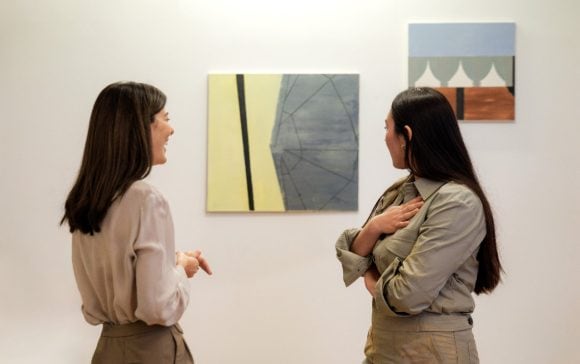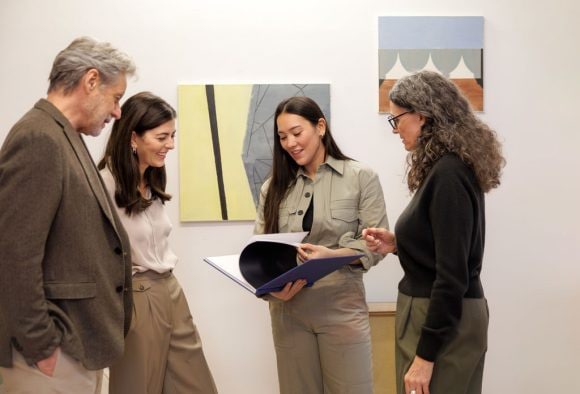
Art collecting
Helping you pursue your passions

Developing a collection
Defining a purpose, goal and strategy
Collecting as an individual provides you with the freedom to define a personal purpose for your activity. When developing your collection, consider what motivates you and define a clear goal. This goal should inform a detailed strategy. Consider what steps you will need to take to achieve it. What resources will you need? Can you achieve your goal alone, or do you need support from expert advisors or full-time staff? What will the running costs be, and will they be sustainable?
Buying
When developing a collection, it can be helpful to set out or review your liquidity strategy.
- Have you considered how much liquidity is necessary for building your collection?
- How does your collection fit into your overall portfolio?
Before you buy
When buying art, it is typically easier to assess the conservation needs of works offered on the primary market, as gallerists will have direct access to the work’s maker, and therefore full insight into the fabrication process and materials.
When buying, consider including a note in the sale contract detailing how the artist and/or gallery will assist if a repair is required.
Get to know the stakeholders

Managing a collection
Inventory
It is advisable to develop an inventory detailing the contents of your collection as soon as possible in your collecting journey. This will prove an invaluable resource as your collection grows – for example, providing over-sight of where works or collectibles are stored – and will also be vital for any estate planning activity.
Insurance
Many reputable providers offer specialized insurance policies, and it is advisable to select a provider who has an in-depth knowledge of your chosen collecting category. In some instances, providers may be highly specialized: for example, a car insurer may only provide classic car insurance, or supercar insurance.

While you own
The value of some items can go through dramatic shifts. This can be especially true if you collect art or purchase emerging artists. It is crucial to keep an eye on the market performance of artworks or objects in your collection and, if necessary, schedule regular re-appraisals to make sure they are not underinsured and/or are correctly valued in the event of a sale.
Once an artwork is in your collection, you are responsible for its conservation. Taking the right precautions can protect the work for generations to come, and avoid loss in value.

Making an impact
Defining your approach
You may not have begun your collection with a philanthropic aim in mind. Even so, as your collection evolves, it can be exciting to reflect on your purpose, and consider the possibilities a foundation, loan, donation or other initiative might offer. When defining your approach, start by asking yourself what matters to you. Perhaps there is a social cause you feel more strongly about? Have you always wanted to have a positive impact on your local community? Once you have identified a focus, this should form the foundation of your strategy.

Transferring your collection
Best practice
Take time to consider what will happen to your collection when you are no longer around to appreciate it. Though it might seem pre-emptive, it is wise to create a plan around succession in the early stages of your collecting journey. This plan should reflect your vision as a collector and your wishes around the collection.
Types of transfer
When developing a succession plan for your collection, there are three primary routes to consider. It is important to note that laws around each of these can vary by country.
UBS Europe SE, Luxembourg branch



